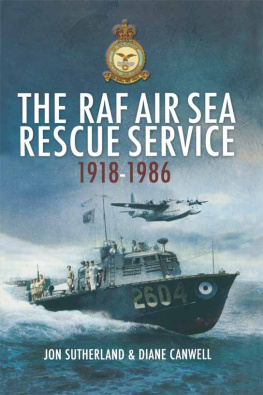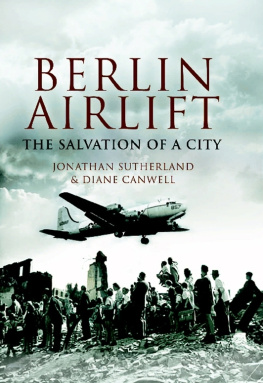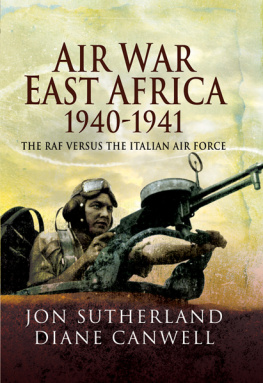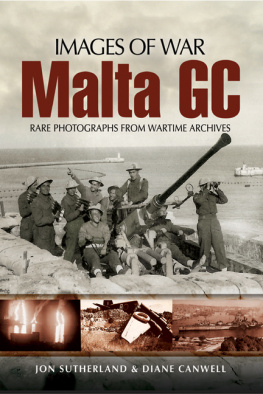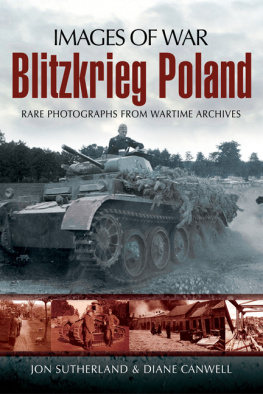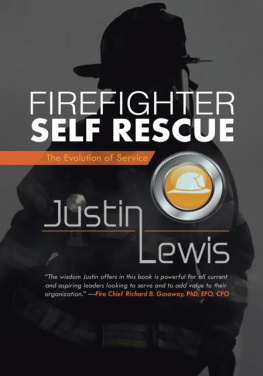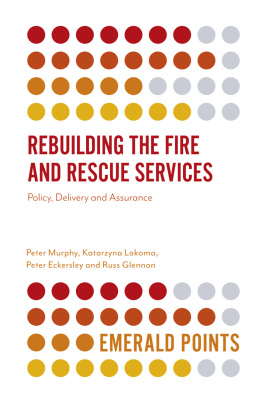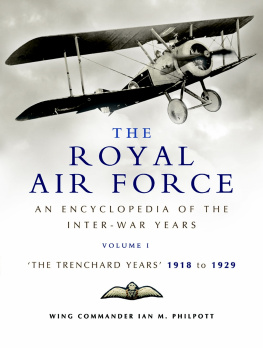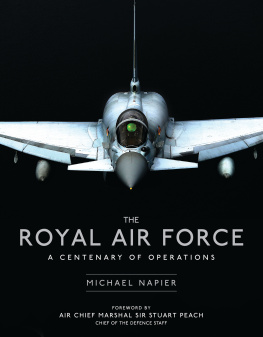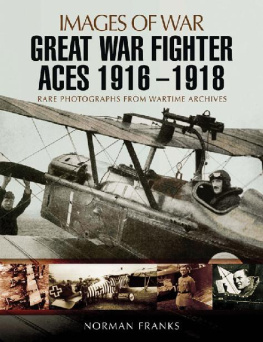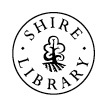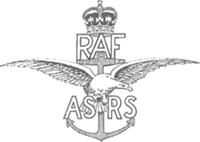THE RAF
AIR SEA RESCUE
SERVICE
19181986
THE RAF
AIR SEA RESCUE
SERVICE
19181986
Jonathan Sutherland & Diane Canwell
First published in Great Britain in 2005 and
Republished in this format in 2010 by
Pen & Sword Aviation
An imprint of
Pen & Sword Books Ltd
47 Church Street
Barnsley
South Yorkshire
S70 2AS
Copyright Jonathan Sunderland and Diane Canwell, 2005, 2010
ISBN 978 184884 303 5
The right of Jonathan Sunderland and Diane Canwell to be identified as Authors of
this work has been asserted by them in accordance with the Copyright, Designs and
Patents Act 1988.
A CIP catalogue record for this book is
available from the British Library
All rights reserved. No part of this book may be reproduced or transmitted in any
form or by any means, electronic or mechanical including photocopying, recording
or by any information storage and retrieval system, without permission from the
Publisher in writing.
Printed and bound in England
By CPI UK
Pen & Sword Books Ltd incorporates the Imprints of Pen & Sword Aviation,
Pen & Sword Family History, Pen & Sword Maritime, Pen & Sword Military,
Wharncliffe Local History,
Pen & Sword Select, Pen & Sword Military Classics, Leo Cooper,
Remember When, Seaforth Publishing and Frontline Publishing
For a complete list of Pen & Sword titles please contact
PEN & SWORD BOOKS LIMITED
47 Church Street, Barnsley, South Yorkshire, S70 2AS, England
E-mail: enquiries@pen-and-sword.co.uk
Website: www.pen-and-sword.co.uk
Dedication
Thanks Dad
Contents
T he authors are indebted to the RAF Marine Branch and in particular HMAFV Bridport. Had it not been for the decision to allocate the Bridport to the RAF in the post-war years, Corporal Coxswain Johnnie Sutherland would never have met a local girl, Vera Stoodley.
More seriously, this history of the RAF marine craft, their exploits, crews and personalities, spans the years 1918 to its closure in 1986. It was a period that saw bouts of expansion and contraction of the armed services that bedevilled planners and personnel alike.
The history of the Marine Craft Section and the Air Sea Rescue Service, which in the post-war years were merged as a unified Marine Branch, encompasses periods of war and peace, punctuated by innumerable alarums and excursions. The tales of the supremely independent, individualistic, spit-and-polish-hating, webfooted RAF sailors are a testiment to their indomitable spirit. The men often risked all in their flimsy craft to save ditched crews and countless others. In wartime the crews never discriminated in their rescues; friend or foe, they always endeavoured to bring the men safely home to dry land.
The Marine Craft crews were masters of make do and mend. Even in peacetime they often put to sea in craft that should have long been mothballed. In wartime, often lacking the basic ability to defend themselves, they ventured into enemy-held waters. They survived poundings from shore batteries, the unwanted attention of enemy aircraft and the ever-present fear of enemy motorboats. Regardless of weather conditions the Marine Craft Section tended to the every need of their charges: the flying boats. The Air Sea Rescue Service also continued to risk life and limb to ensure that the sea should not have them.
The authors are particularly indebted to former Marine Craft Section, Air Sea Rescue and Marine Branch veterans from several decades. John Sutherland, whose service spanned the Second World War and the 1950s was the catalyst behind this book. Our thanks also go to Don Thurston, who has virtually single-handedly set up and run the excellent Marine Craft and Air Sea Rescue Museum at the Norfolk and Suffolk Aviation Museum, Flixton, Suffolk. Don served in the Far East during the war and provided much-needed assistance and photographs. Ted Shute, veteran of the Malta siege, selflessly provided us with assistance, as well as photographs from his personal collection. Owen Newlands, a post-war Marine Craft veteran who served with 1103 MCU and with the Marine Craft Section at Kormaskar provided valuable information and photographs. Thanks also go to 1950 Marine Branch veteran Rick Mortby, who managed to fill in many of the post-war holes in our research and to Jack Culham, wartime engineer on board HSL 2557. Additional assistance and encouragement were also received from Tony Overill, son of Deckhand A. G. Overill, who was captured after the German attack on HSL 108 in 1941. We would also like to thank Tony Campling for his encouragement and support through the many months of research.
Above all the authors would like to thank the thousands of unsung members of the service for their inspirational stories and deeds over the years. Whether wartime or peacetime, Marine Craft or Air Sea Rescue, this book hopefully records your sacrifices and service.
This extract from the Malta RAF newsletter Island Wings, 1942, sums up the spirit of the men:
The Horse and the Mule live 30 years and nothing known of Wines and Beers;
The Goat and Sheep at 20 die and never taste of Scotch or Rye;
The Cow drinks Water by the ton but at 18 years is mostly done;
The Dog at 15 cashes in without the aid of Rum or Gin;
The Cat in Milk and Water soaks and then in 12 short years it croaks;
The modest sober bone dry Hen lays eggs for nogs and dies at 10;
All animals are strictly dry, they Sinless live and swiftly die;
But Ginful, Sinful Rum-soaked Marine Craft Section men
Survive to three score years and ten
And some of us, those mighty few,
Stay pickled till were well passed ninety-two.
THE RAF
AIR SEA RESCUE
SERVICE
19181986
The Origins of
RAF Air Sea Rescue
A t a meeting of the War Cabinet on 11 July 1917, the Prime Minister, David Lloyd George, instructed General Jan Christiaan Smuts (18701950) to investigate, report and recommend the organisation of air units and operations. The report and recommendations, dated 17 August 1917, was to bring about the creation of the Royal Air Force, an independent fighting arm, and with it the beginnings of the air sea rescue service and the marine craft section. The proposals were to bring down the wrath of the Admiralty and the army, who would both have units stripped from their control. What had rankled and alarmed the two senior services was a specific statement made by Smuts in the report:
The day may not be far off, when aerial operations with their devastation of enemy lands and destruction of industrial and populous centres on a vast scale become the principal operations of a war to which the older forms of military and naval operations may become secondary and subordinate.
The first use of aircraft in the British military had come with the formation of No. 2 Company (Air Battalion) Royal Engineers on 1 April 1911.1 April, as we will see, was to be an auspicious date for the Royal Air Force. Shortly after the creation of No. 2 Company, a sub-committee of the Imperial Defence Committee was formed, chaired by Lord Richard Bardon Haldane (18561928), Asquiths former Lord Chancellor. Haldane was considered to be one of the greatest war cabinet ministers, but was to be hounded out of office in 1915 after a sustained series of attacks in the media, suggesting that he had pro-German sympathies. His sub-committee looked at the provision of aviation assets and recommended the creation of a flying corps with an integral offensive arm, a naval contingent and a flying school. His proposals were to cause enormous friction between the army and the navy.
Next page
